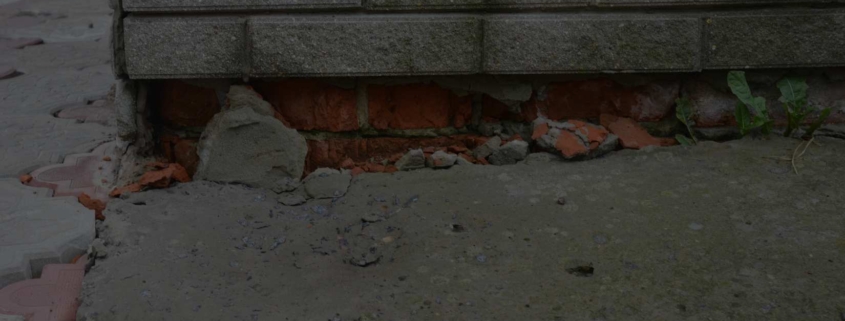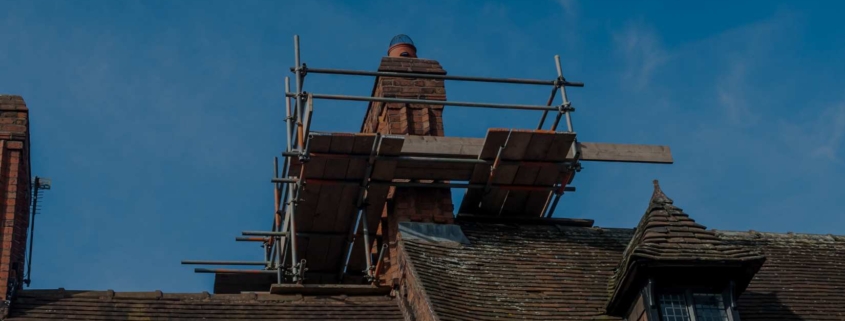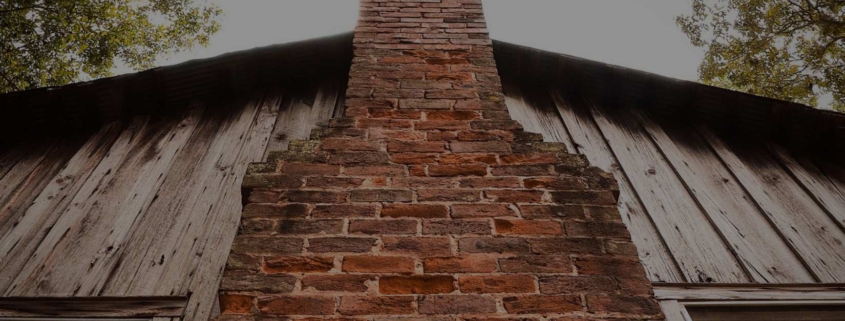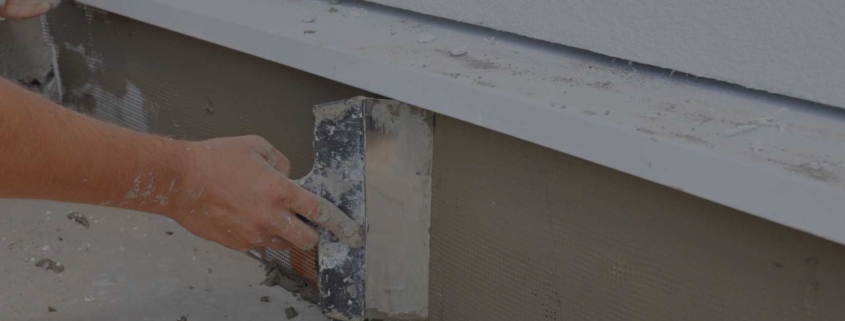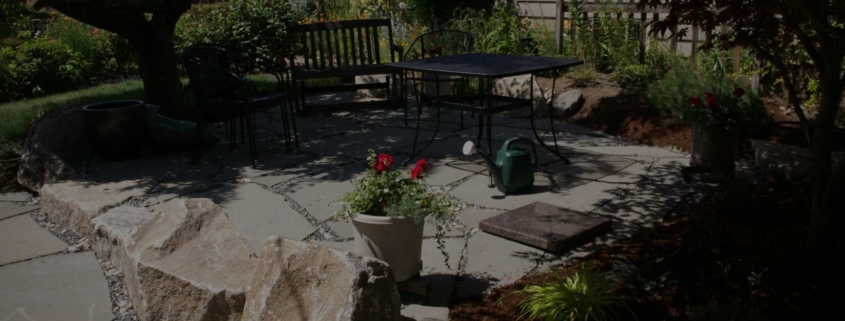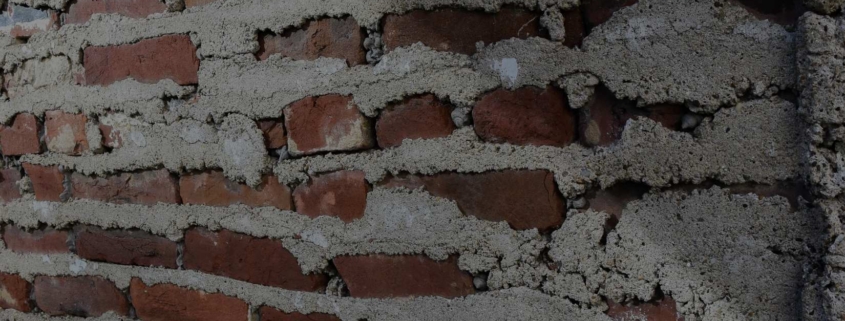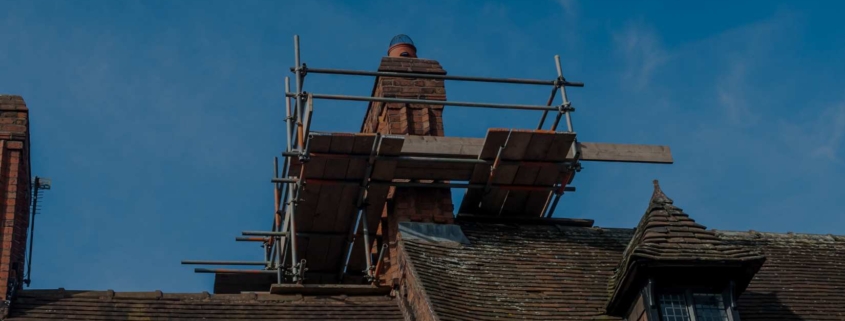Natural stone is a popular choice for countertops, floors, and other surfaces in homes. However, over time, natural stone can become dull, stained, or damaged. When this happens, homeowners may consider restoring the stone to its former glory. But should you try to do it yourself (DIY) or hire a professional? In this article, we will explore the pros and cons of both DIY and professional natural stone restoration.
DIY Natural Stone Restoration: Pros and Cons
DIY natural stone restoration can be a cost-effective way to restore your stone surfaces. However, it is important to consider the pros and cons before embarking on this project.
Pros:
- Cost-effective: DIY restoration can save you money on labor costs.
- Control: You have complete control over the restoration process.
- Convenience: You can work on the project at your own pace.
Cons:
- Lack of expertise: Without proper training and experience, you may damage the stone surface.
- Time-consuming: DIY restoration can be a time-consuming process, especially if you have a large surface area to restore.
- Results may not be as good: If you lack the necessary skills and equipment, the results may not be as good as those achieved by a professional.
Professional Natural Stone Restoration: Pros and Cons
Professional natural stone restoration involves hiring an expert to restore your stone surfaces. Here are some pros and cons to consider before hiring a professional.
Pros:
- Expertise: Professional stone restoration companies have the necessary training, experience, and equipment to restore your stone surfaces.
- Time-saving: Professionals can complete the project more quickly than a DIY project.
- Better results: With their expertise, professionals can achieve better results than a DIY project.
Cons:
- Cost: Hiring a professional can be more expensive than a DIY project.
- Lack of control: You may have less control over the restoration process when you hire a professional.
- Inconvenience: You need to schedule a time that is convenient for both you and the professional to complete the project.
Factors to Consider When Deciding Whether to DIY or Hire a Pro
When deciding whether to DIY or hire a professional for natural stone restoration, there are several factors to consider:
- Budget
DIY methods may be cheaper upfront, but if done incorrectly, they can cause damage that will cost more to repair. Hiring a professional may cost more initially, but they have the necessary skills and equipment to complete the job correctly and efficiently.
- Time
DIY methods may take longer to complete as you may need to research and learn the proper techniques. Hiring a professional can save you time as they already have the knowledge and experience to complete the job quickly and efficiently.
- Skill Level
Restoring natural stone requires a certain level of skill and knowledge. If you are not confident in your abilities, it may be best to hire a professional to ensure the job is done correctly.
- Type of Stone
Different types of natural stone require different cleaning and restoration techniques. If you are not sure what type of stone you have or how to properly restore it, it may be best to hire a professional.
- Safety
Some restoration techniques may involve harsh chemicals or heavy machinery, which can be dangerous if not used properly. Hiring a professional can ensure that safety protocols are followed to prevent injury or damage to the stone.
Conclusion
Natural stone restoration can be a rewarding project, but it is important to consider the pros and cons of both DIY and professional restoration before embarking on the project. If you have the necessary skills and equipment, then DIY restoration may be a cost-effective option. However, if you lack the expertise or have a large surface area to restore, then hiring a professional may be the better choice. Ultimately, the decision depends on your budget, expertise, and schedule.
Looking for reliable and professional brick repair services in Toronto? Look no further than Red Robin Masonry! With years of experience and a commitment to quality, we are the go-to choice for all your masonry needs. Contact us today to schedule your appointment and get started on your project!

